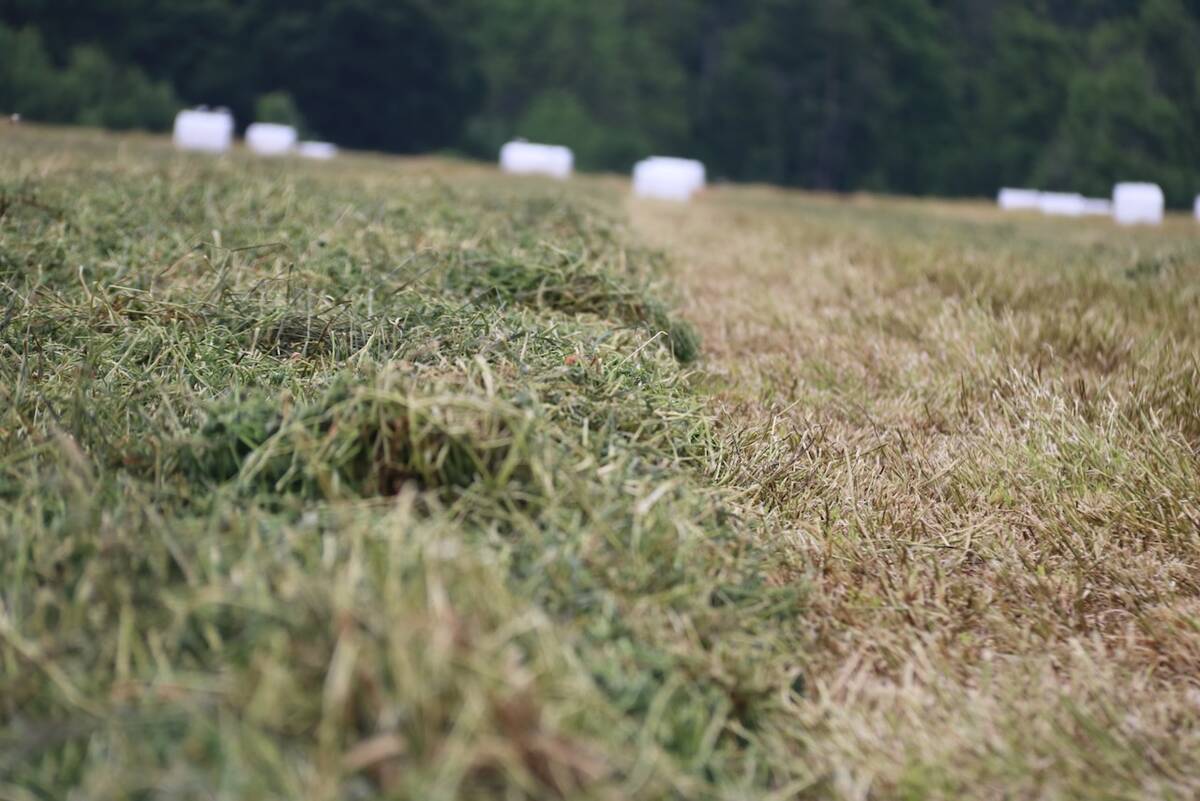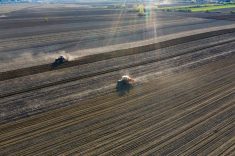This time we look at vertical tillage implements that are a little more aggressive when it comes to moving dirt
Editor’s note: This is the fourth of a series of five articles about vertical tillage. In the last instalment, Todd Botterill explained that there are three categories of surface tillage tools: coulter, disk and rotary machines, and then went on to discuss coulter machines. Rotary machines will be covered in the instalment in the next issue.
Disk machines
As vertical tillage became more popular, we saw an increased number of mainstream farmers wanting more aggressive vertical tillage machines. Many weren’t impressed with coulter types, because if they were running a machine they wanted to see more dirt moving. In high residue conditions some farmers wanted more dirt thrown on top of the residue to prevent it blowing away and to speed up decomposition. Coulter machines also had trouble filling in wheel ruts due to the lack of lateral dirt movement, so some farmers began looking for machines that could fill in the ruts without creating a compaction layer.
Read Also

New high-performance forage training program to launch in 2026
A new Canadian Forage and Grasslands Asssociation high-performance forage program will be a resource for farmers, agronomists and others in the forage sector.
These machines usually feature shallow concave disk blades on gangs, with many having a wave in the blade. This wave is supposed to move dirt on both sides of the blades to increase mixing with surface residue. The angle of the gangs plus the light concave of the blade does allow for more lateral dirt throw, meaning a darker finish and much more levelling (especially in wheel ruts) than seen with coulter machines. Many people looking for residue management with one pass in the fall are very happy with these units.
How can these tools be called vertical tillage when they move dirt sideways? Vertical tillage doesn’t really care which way you move the soil as long as you don’t create a density layer below where you run the unit.
Because of the shallow concave of the blades, they really aren’t in contact with any more soil than a wavy coulter. Some of these units do toe the line a bit because they use the same gang angle as a typical disk, but with the shallow concave blade they don’t create a continuous layer across the seed bed. Some machines use more angle than others so it is a good idea to compare disk angles when looking at this type of implement.
There can be drawbacks with these tools. A wavy disk cannot have a scraper on it. Since they are in gang they can have a tendency to plug in sticky soil types. The more aggressive the angle, the worse the plugging can be. A disk run in wetter soils can also tend to make small lumps (which is more noticeable with higher disk angles). This leads to having to run these machines in slightly dryer conditions than coulter machines for best results. You will also want to watch just how much residue you bury at seed level, especially in spring time, to ensure good seed to soil contact. †














